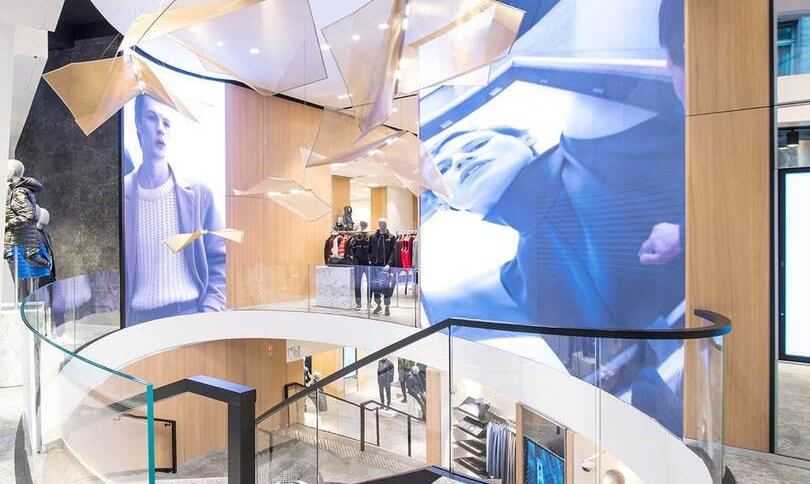Brands make big digital bets, but stores remain relevant

A wave of digitally-savvy, internationally-minded upstarts are powering growth in the retail sector, according to Loqate’s latest International Retail Index.
This benchmarks the 30 top performers by brand recognition, global presence, online capabilities and volume of sales. Four of the top six are pure-plays (Amazon, Asos, Boohoo.com and Zalando).
It’s certainly true that various high street giants, including House of Fraser, Debenhams, Marks and Spencer, and John Lewis, have been struggling of late. UK bricks and mortar retailers are facing a sustained drop in footfall, with numbers of visitors down over 10 percent in the last seven years, according to research by the BRC and Springboard.
With Brexit looming, many consumers are holding off from all but essential purchases. But, as Diane Wehrle, Springboard Marketing and Insights Director, observes: “With 80 percent of spend remaining in-store there is still much for bricks and mortar stores to play for in Q4 2019, which of course includes the all-important festive trading period.”
Life in the old dog yet
This is particularly the case for those established players who sharpen up both their online offerings and physical stores. Some are even betting big on the high street.
HMV is on track return to profit this year and aims to open new stores in 2020, having been rescued from near bankruptcy in February. Following the closure of the Oxford Street, London store, the HMV Vault, opening in a former Ikea warehouse beneath a car park in Birmingham City center, will be the group’s new flagship. At 25,000 square feet, it contains a large live music space as well as more than 100,000 vinyl albums and CDs.
Elsewhere, all 555 Thomas Cook shops have been bought by rival Hays Travel in a move that could save up to 2,500 jobs. The independent travel agent said in a press release: “Our intention is to keep all the stores trading by making all of them profitable in their own right. The vast majority already are profitable and with some of the Hays Travel business approach and ethos, supported by our brilliant people, we are in good stead.”
Hugo Boss recently reopened its flagship store at Avenue des Champs-Élysées in Paris, following a seven-month renovation project.
With over 1,200 square meters of retail space, it is the brand’s largest store in the world, and features “an interior concept seamlessly integrating the online and offline experience.”
Selfridges, meanwhile, is thriving. Its success highlights the huge advantages department stores have over online rivals, argues Manu Tyagi, Associate Partner for Retail and Consumer Goods at Infosys Consulting.
The retailer has increased sales by 6 percent to £1.85 billion (US$2.36 billion) for the year to February 2019. Profits, however, slipped to £170 million (US$217 million), from £175 million (US$223 million) the previous year, as it increased investment. This includes the flagship Oxford Street branch becoming the first department store in the world with a cinema from November.
YOU MIGHT LIKE

Under pressure Marks & Spencer gets ‘phy-gital’
Department stores give shoppers the opportunity to touch and try-on, and to talk to knowledgeable sales assistants. Creating a unique and meaningful customer experience is the crucial element to battling the brunt of online – bricks and mortar stores can’t compete on price, so they must work much harder. Selfridges has been doing just that through its introduction of experiences such as accessories halls and an indoor skate bowl, along with plans to launch a toy store.
It has been able to blend its online and physical presence well. While its online sales are rising, it has also adapted its physical stores. It has made significant investments in these initiatives with an eye on the future, which has impacted its net profits this year, but will likely pay a return on investment as is already reflecting in the revenue numbers, Tyagi believes.
Physical retail isn’t dead. Boring retail is. Shoppers have changed; they are now more tech-savvy and time-poor. Not enough retailers have changed with them. But the likes of Selfridges are proof positive that it is possible to forge ahead if the necessary will, resources, and vision are in place.
Ultimately, unlike many industry observers, consumers don’t see online vs bricks and mortar. They will spend wherever they get the best combination of choice, convenience, price, and experience.








